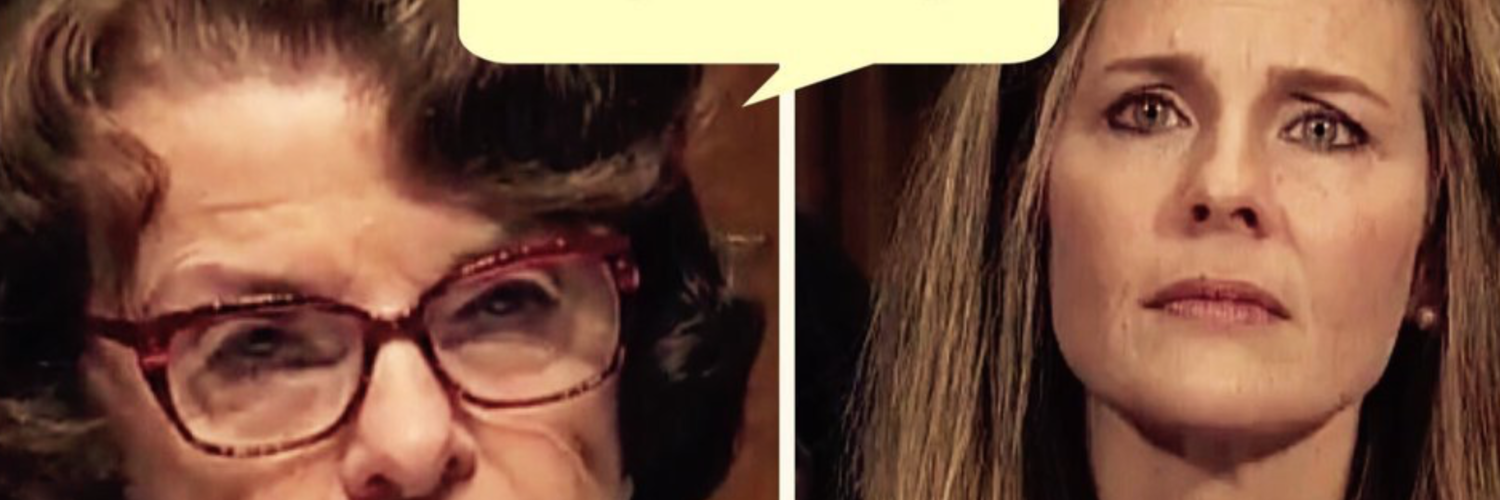
THE QUESTION:
What role does religion play in Supreme Court justices’ nominations and decisions?
THE RELIGION GUY’S ANSWER:
By a thin margin, Amy Coney Barrett won confirmation to the U.S. Supreme Court without the quizzing about her devout Catholicism — like Senate Democrats Diane Feinstein raised with Barrett’s lower-court nomination and Kamala Harris (now apparent vice president-elect) with another judicial nominee.
Nevertheless, the media pushed this theme, including her involvement with People of Praise, a close-knit community of “charismatic” Catholic families.

This was perhaps the most intense discussion of a nominee’s religion since Louis Brandeis (a justice 1916-39) became the Court’s first Jew following the agony of history’s longest confirmation process, with 19 hearings. Ostensibly, critics questioned his entanglements as a Boston lawyer, but Democratic stockbroker William F. Fitzgerald gave the game away by regretting the nomination of a “slimy fellow” with a “Jewish instinct.”
A smaller dustup involved Democratic nominee Hugo Black (on the Court 1937-71). He was denied the usual automatic deference granted a fellow U.S. Senator when reports emerged that as a young lawyer he joined the Ku Klux Klan, with its hatred of African-Americans, Catholics and Jews. Journalists only proved his KKK membership after a strong Senate vote for confirmation.
The Brandeis breakthrough launched an unwritten tradition of the Court’s “Jewish seat,” also filled by the religiously agnostic Benjamin Cardozo, who overlapped with Brandeis (1932-38), Felix Frankfurter (1939-62), Arthur Goldberg (1962-65) and the unfortunate Abe Fortas (1965-69). After a long gap, Ruth Bader Ginsburg began her celebrated tenure (1993-2020). There was also a “Catholic seat” line with Pierce Butler (1923-39), Frank Murphy 1940-49), William Brennan (1956-90) and Antonin Scalia (1986-2016).
The first Catholic on the Court was Chief Justice Roger Taney (1836-1864), who is not loudly hailed because he wrote the Dred Scott decision that’s widely blamed for precipitating the Civil War. The ruling, backed by six of the Court’s eight Protestants, declared that neither slaves nor free Blacks could sue in federal courts, and that Congress had no power to bar slavery in the western territories.
With Barrett now added, the current Court has an unusual mix of six justices who are to varying degrees active as Catholics (also Chief Justice John Roberts, Samuel Alito, Brett Kavanaugh, Sonia Sotomayor, Clarence Thomas), one Catholic turned Episcopalian (Neil Gorsuch) and two Jews (Stephen Breyer, Elena Kagan). In the view of Nomi Stolzenberg, law professor at the University of Southern California, this pits six conservative Christians against “a liberal wing reduced to one Catholic [Sotomayor] and two Jewish — but all secularist — justices.”
Stolzenberg surveyed these religious affiliations for TheConversation.com, and underscored that today’s justices demonstrate the remarkable assimilation of U.S. Catholics and Jews following long WASP hegemony. In the Court’s first 190 years, 90 of the 101 justices (all male) were Protestants, mostly from the then-dominant “mainline” churches with roots in Colonial times. That’s if we count as “Protestant” a Unitarian, former President and Chief Justice William Howard Taft (1921-30).
All of this leads to an ongoing debate about a logical question: Does justices’ religion affect their votes?
This issue is more complex than it would appear at first glance. For example, William O. Douglas (1939-75), famed for ardent Democratic liberalism and his four marriages, was the son of a Presbyterian home missionary who died when the future justice was only six. He blamed his clergyman father for leaving the family destitute. Was it mere coincidence, then, that Douglas rarely if ever supported a religiously based plea before the Court?
CONTINUE READING “What role does religion play in Supreme Court justices’ nominations and decisions?”, by Richard Ostling.
FIRST IMAGE is drawn from debates on Twitter.










